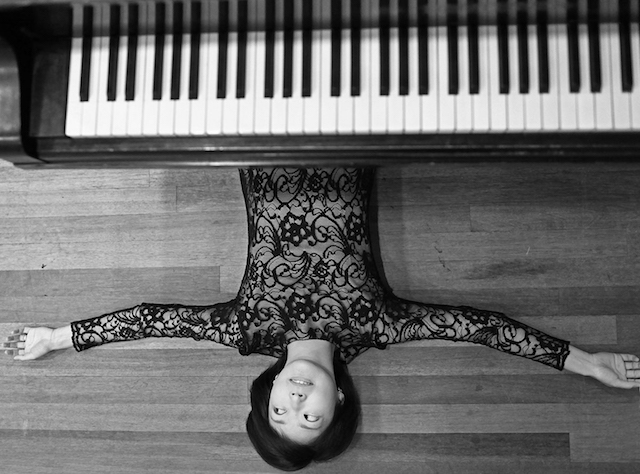Manusje-van-alles, zo mag je Keiko Shichijo wel noemen. Klavecimbel, pianoforte of romantische vleugel, ze draait er haar hand niet voor om. Wat haar repertoirekeuze betreft, legt ze een gelijkaardige veelzijdigheid aan de dag. Klavierreuzen Scarlatti en Mozart krijgen het mystieke gezelschap van de Armeense priester-componist Komitas Vardapet. Deze ‘Bartók van de Kaukasus’ liet de wereld een merkwaardig oeuvre na waarin religie, volksliedjes en klassieke elementen de boventoon voeren.
Jack of all trades is something that applies to Keiko Shichijo. Harpsichord, pianoforte or Romantic keyboard, she turns her hand to them all. Where her selection of repertoire is concerned, she reveals a similar multifaceted quality. Keyboard giants Scarlatti and Mozart will be in the company of the mystical community of the Armenian composer priest Komitas Vardapet. This Bartók of the Caucasus left the world a remarkable oeuvre, in which religion, folksongs and classical elements prevail.
Keiko Shichijo klavecimbel (Ducornet naar Hemsch)
pianoforte (Maene naar Stein)
piano (Pleyel & Wolff 1898)
D. Scarlatti (1685-1757)
–
Klaviersonate in e K.263
–
Klaviersonate in c K.126
W. A. Mozart (1756-1791)
–
Pianosonate nr. 11 in A, KV 331
K. Vardapet (1869-1935)
–
7 Songs
–
Pieces for Children
–
6 Dances
A. Hovhaness (1911- 2000)
–
Pastoral Op. 111 - 1
T. Mansurian (1939)
–
Lullaby

